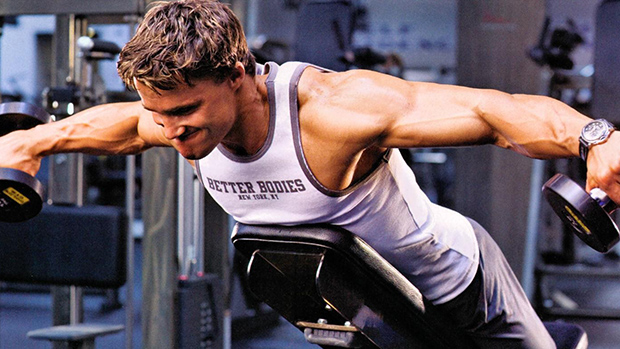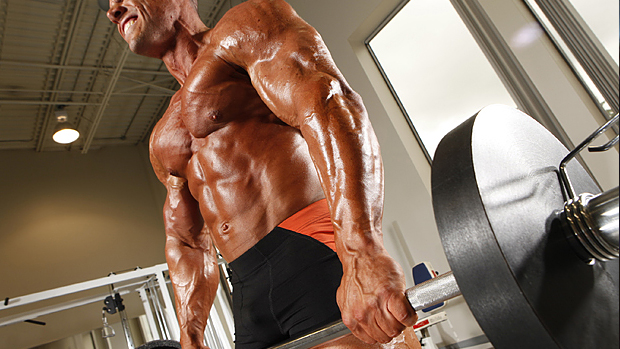There's nothing more frustrating than committing to a training program that doesn't pan out. This is equally true for an athlete who might work hard yet still falls short of his expectations and the strength coach whose biggest satisfaction comes from the great strides his athletes make.
This slow rate of progress can be even more frustrating to young athletes. It's an ugly truth that most "new generation" athletes and teenagers in general want results and they want them now! In that situation, lack of progression can really sap the morale of the troops and that will invariably lead to less effort in the gym and even slower gains!
It can also be problematic for the strength coach who has no real idea why his program isn't producing the desired effects. This may lead to "paralysis by analysis" as well as misplaced utilization of some training techniques.
This article will deal with both sides of the problem. I'll provide a checklist–a quiz, if you will – for athletes that tracks various aspects involved in the rate of progress they can expect. This will help them pinpoint their problem areas. Similarly, I'll give the coaches a checklist that helps them avoid various pitfalls.
Physical progression checklist
Here are 3 checklists of 10 questions each. They use a modified Likert scale (the athlete can select between always, most of the time, frequently, rarely, and never and each choice is attributed a certain amount of points). The 3 checklists are:
1. Training habits
2. Nutritional habits
3. Restoration habits
The score for each individual portion is calculated on a total of 100 points. This way, it's possible to know where the problems lie and hopefully find an adequate solution to the athlete's lack of progression.
Obviously, this test can only be as effective as the quality of the athlete's responses: if the athlete doesn't answer the questions seriously, the portrait will be skewed and it'll be harder to find an appropriate solution. Emphasize that the athlete must complete this questionnaire accurately to help himself progress faster, not to make himself look good in the eye of the coach.
Training checklist
 |
| Click on table for larger version. |
Nutrition checklist
 |
| Click on table for larger version. |
Restoration checklist
 |
| Click on table for larger version. |
How do I stack up?
The following table shows you how to interpret the results from the above checklists.
 |
| Click on table for larger version. |
It's the coach's turn!
Sometimes the coach may turn out to be the source of the athletes' lack of progress. This is often the case when a large number of athletes aren't progressing or are suffering overuse injuries. A strength coach can make several mistakes when designing a training program. I won't go into specifics, but the following table will give you an idea of what the potential problems may be.
 |
| Click on table for larger version. |
Conclusion
One of the most challenging jobs of a strength coach is to regulate training, i.e. find solutions to occurring progression problems. This is a hard thing to do because there could be so many things going on that will affect training progress. Every strength coach can write down a program on a piece of paper, but very few can help their athletes progress when they're experiencing difficulties. These are the great S&C coaches!
So it becomes important to be able to pinpoint the exact source of the problem if you want to find a proper solution. Sometimes the problem will lie in the athlete's habits, some other times it will be the coach's own fault.
In any case, for the good of everybody, it's always important to correct the problem as fast as possible. This requires an open mind and a lot of honesty from both the athlete and the strength coach. But in the long run, it's worth it.





